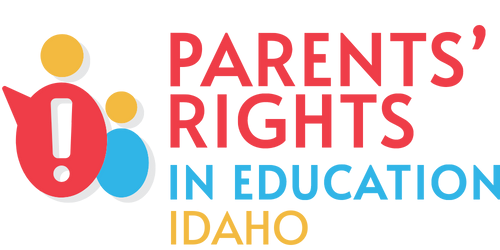News
California’s Transitional Kindergarten: Is This the Beginning of State-Run Preschool?

California has reached a new milestone this fall: more than 200,000 four-year-olds are entering Transitional Kindergarten (TK), the state’s newest grade level that serves as a bridge between preschool and kindergarten. State leaders tout the program as a victory for families—providing free early learning and closing achievement gaps before they begin.
But behind the excitement lies a larger question: Is this the first step toward universal, state-run preschool—and with it, more government control over young children?
What Is Transitional Kindergarten?
Transitional Kindergarten is a public school program for children who turn 4 years old by September 1. Rather than preschool, TK is part of the K–12 public school system, managed by local districts and funded by taxpayers. By the 2025–26 school year, California will offer TK to every four-year-old, making it universally available to families.
(Public Policy Institute of California, Legislative Analyst's Office, CalMatters)
The State’s Pitch
Supporters emphasize TK’s role in giving children a “head start” on early literacy and social skills. Governor Gavin Newsom declares the program “a game changer,” aimed at helping working families and reducing educational inequities. Districts are expanding spaces, hiring more early educators, and adapting curriculum to serve the youngest learners developmentally.
(CalMatters, Public Policy Institute of California)
Concerns for Parents
Critics raise serious questions about this rapid expansion of state influence into early childhood education. Questions many parents are asking include:
My Take
California’s TK rollout is more than an early learning initiative—it signals a shift in public policy, extending state influence into children’s lives at ever younger ages. It’s essential for parents to ask not just what their children are learning, but who gets to decide. Preserving choice—through private, community, and home-based options—is critical as the educational landscape evolves.
Call to Action for Parents
- Will TK overshadow private preschools and faith-based programs that offer meaningful choices?
- Will younger four-year-olds be introduced to curriculum that feels age-inappropriate or politically charged?
- Can district-level decision-making truly reflect diverse family values and preferences?
- If state-run programs are already delivering controversial content and underperforming academically, why should the state be entrusted with even younger children?
| Metric | Figure |
| Expected TK Enrollment (2025-26) | 200,000+ four-year-olds are anticipated to enroll this fall. (CalMatters) |
| Enrollment Growth Since 2021-22 | Increased from ~75,000 to 151,000 in 2023-24 (survey), though participation rates among eligible children remain around 60–70 %. (California Budget & Policy Center, CalMatters, Public Policy Institute of California) |
| Statewide TK Funding | $2.1 billion ongoing via Proposition 98 committed to fully expand Universal TK. (earlyedgecalifornia.org) |
| Per-Student Base Funding (2024-25) | ~$10,025 per TK-3 student, adjusted based on class size. (California Budget & Policy Center) |
| TK-Specific Add-On Funding | ~$3,044 per TK student (2023-24), in addition to base funding. (California Department of Education) |
| Total Expansion Cost Estimation | Approximately $3 billion for full implementation—including facility upgrades, staffing, and planning. (Public Policy Institute of California) |
- Understand your district’s TK plans—review curriculum and staffing ratios.
- Visit TK classrooms to see how learning is structured.
- Support neighborhood preschools and non-public programs that reflect your family’s values.
- Participate in school board discussions—advocate for TK to stay optional and for parental voices to guide early childhood offerings.

